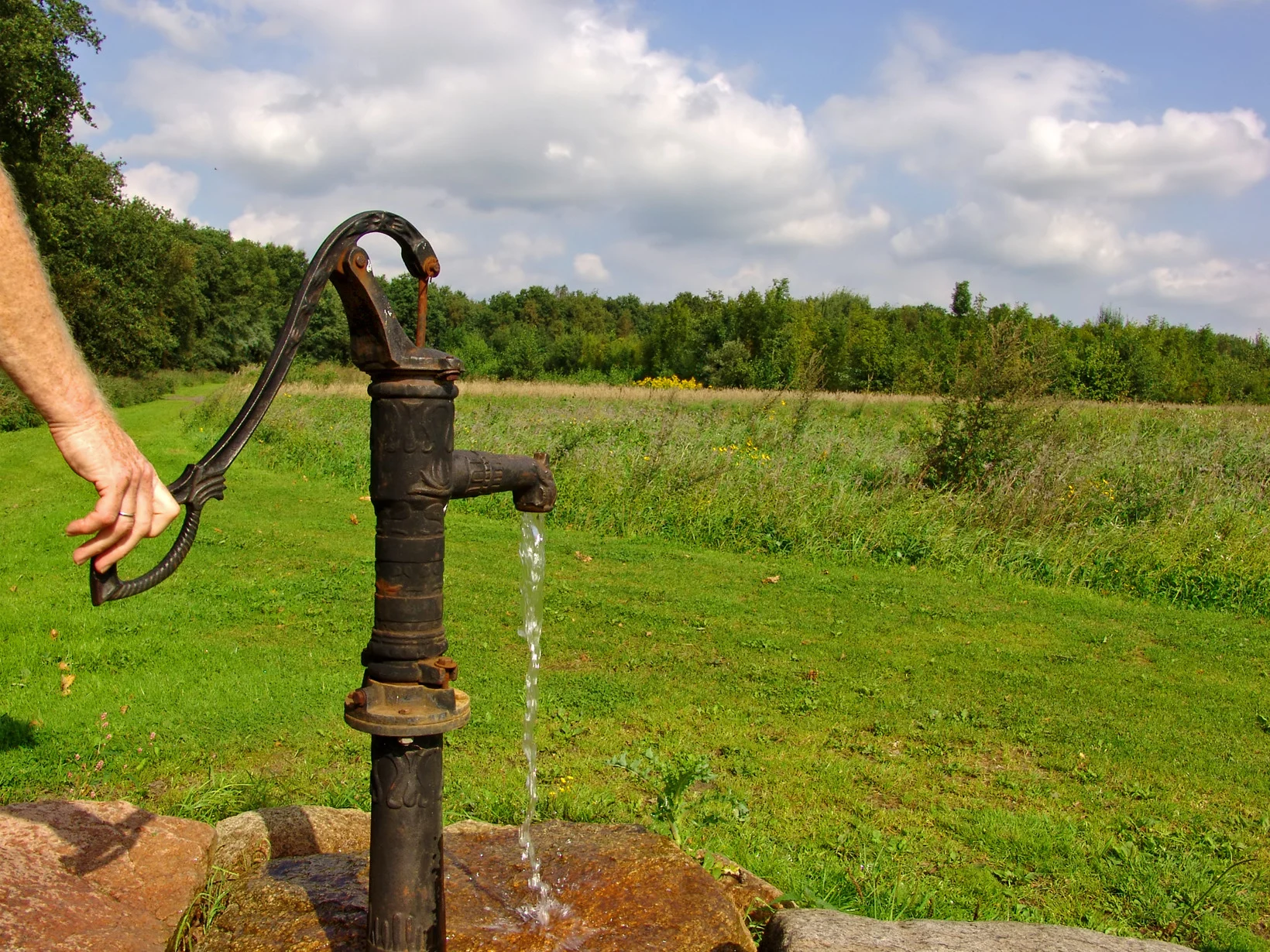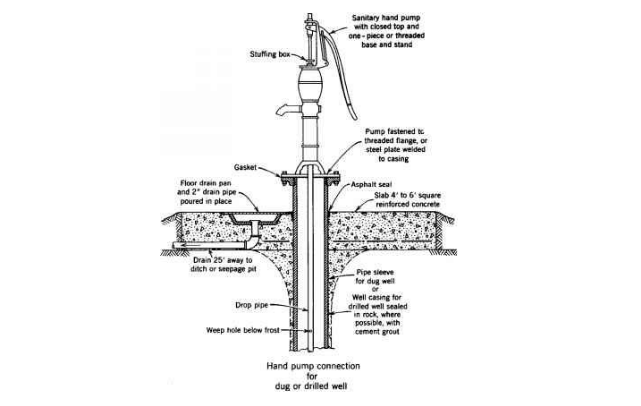Development of Dug Wells
A dug well is an ancient water source intervention used by humans for thousands of years. It is useful for the area where underground water is not available for the installation of tube wells. Persian wheels, operated by draught animals, were very popular in the distant past and equally successful in rain-fed areas e.g., the Pothohar area. These wells usually provide a discharge of 3-5 liters per second, which was used to irrigate 3-5 acres of land for wheat, vegetables, and fodder crops, which was a sustainable source of livelihood. Now the draught animals have been replaced with diesel engines, electric motors, and wheels driven by pumps.
According to Pakistan Meteorological Department, major parts of Pakistan experience dry climates. Humid conditions prevail over a small area in the north. The whole of Sindh, most of Baluchistan, major parts of Punjab, and central parts of Northern Areas receive less than 250 mm of rainfall in a year. The average rainfall in Pakistan is about 400 mm per annum and rainfall in the Pothohar area ranges from 400 to 1,200 mm per annum, which is a sufficient water source to recharge the dug wells. The recharge rate would vary from place to place in the rainfed areas due to many factors like the location of the dug well, soil type, land slope, water reservoirs near the well, streams, and land conservation & tillage practices.
Percolation-dug wells have large potential in the Pothohar area because their recharging rate is increasing due to the construction of small dams, mini dams, and ponds in the area. Perennial flow nullas are also a good source to recharge the dug wells constructed at lower reaches. When the irrigation system is designed at a higher discharge rate than the lower recharge rate of the dug well, it will exhaust after a few hours of pumping. It will depend upon the recharge rate i.e., the time required to refill the depleted water level is refilled. It is, therefore, imperative to understand the recharging mechanism of the dug well before designing any irrigation system on it. Suitable discharge with a discharge regulator needs to be designed to maintain equilibrium between the inflow and outflow of the dug wells.

